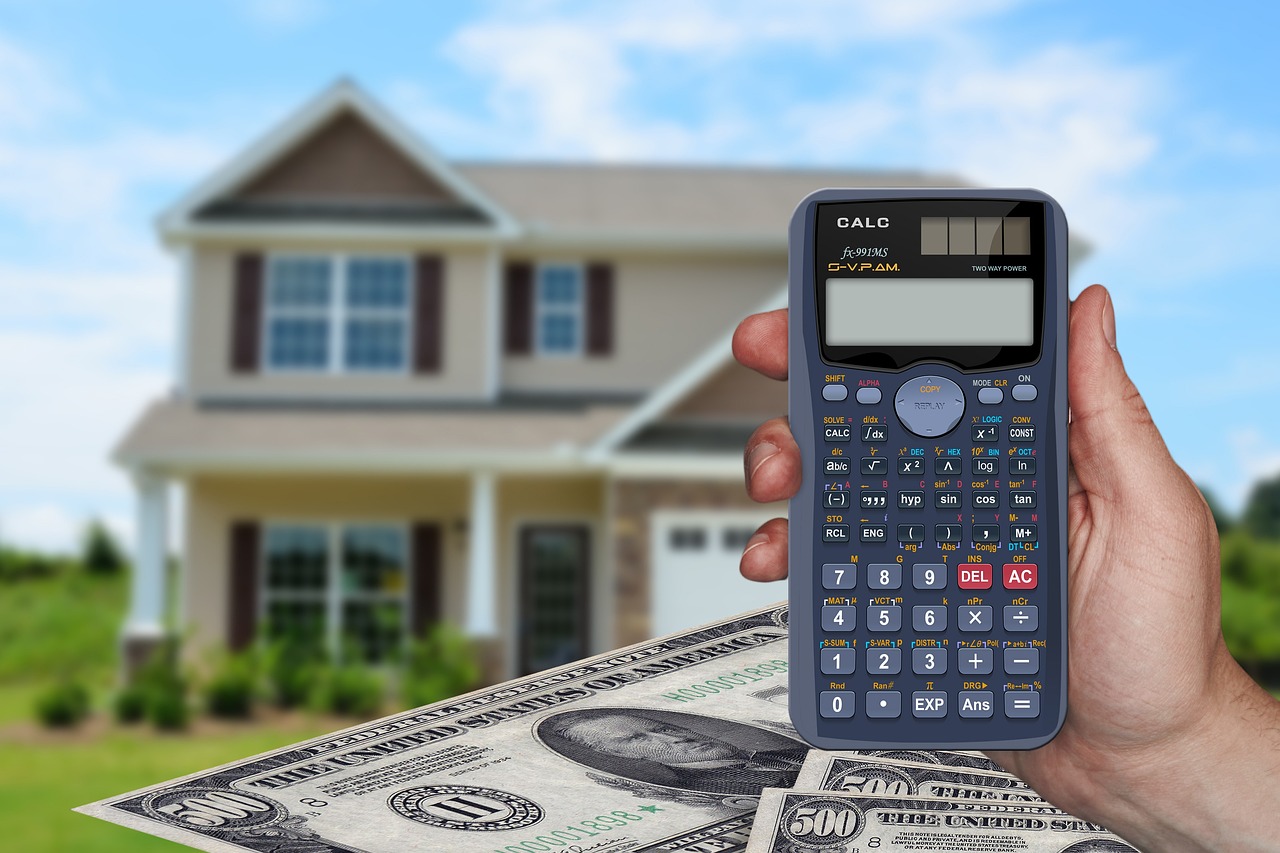Rent-to-Own Homes: Flexible Steps to Buying Your Home
Discover how rent-to-own arrangements can bridge the gap between renting and homeownership. This guide breaks down lease-option and lease-purchase agreements, explains option fees and rent credits, outlines benefits and drawbacks, and offers practical tips for finding listings and preparing to secure a mortgage.

Rent-to-own agreements combine renting with a commitment to buy, offering a middle ground for people who need time to improve credit, save for a down payment, or arrange financing. This guide walks through how these deals work, the advantages and pitfalls for both sides, and the practical steps you should take before signing.
How rent-to-own arrangements function
A rent-to-own deal is built on a written contract between a property owner and a tenant-buyer. Two main forms are common: lease-option and lease-purchase. With a lease-option, the tenant has the right—but not the obligation—to buy the house when the lease ends. A lease-purchase typically binds the tenant to complete the purchase at term’s end.
Typical contract elements include:
- A purchase price (either fixed when signed or determined later).
- Lease duration, frequently between 12 and 36 months.
- An upfront option fee or deposit that reserves the buyer’s right to purchase.
- Monthly rent and, in many agreements, a portion of rent credited toward the eventual down payment.
- Clauses spelling out maintenance duties and other lease conditions.
During the term, the tenant lives in the home and pays rent. If they opt to buy and can secure a mortgage, the option fee and any rent credits are usually applied to the purchase. If the tenant declines to buy or cannot obtain financing, those amounts may be forfeited, depending on the contract’s language.
Advantages for buyers and sellers
For buyers:
- Time to rebuild credit and accumulate a down payment while occupying the property you plan to purchase.
- The opportunity to lock in a purchase price in advance, protecting against rising local prices in a hot market.
- Potential to build equity via rent credits if included in the deal.
For sellers:
- Reliable rental income paired with the possibility of a sale at lease end.
- Lower carrying costs and reduced vacancy and turnover expenses.
- Tenants who plan to buy often take better care of the property.
Rent-to-own can be especially useful for people who expect their financial picture to improve within a predictable period, allowing them to transition into traditional financing.
Drawbacks and cautions
These arrangements carry risks. Key concerns include:
- Losing the option fee and rent credits if you choose not to buy or fail to qualify for a loan.
- The locked-in purchase price may end up higher or lower than market value at the time of sale.
- Ambiguous contract terms—especially around maintenance responsibilities or financing contingencies—can cause disputes.
- Sellers may miss better offers that come up if the local market heats up during the lease.
Both parties should recognize the financial exposure: buyers risk sunk fees, and sellers face uncertainty about whether the sale will complete.
Where to find rent-to-own listings
Because these deals are less common than standard sales or rentals, search proactively:
- Ask local real estate agents whether they handle lease-option or lease-purchase transactions.
- Search specialized listing sites and use keywords such as rent-to-own, lease-option, lease-purchase, and rent credit.
- Network in neighborhood forums and community groups; some owners consider creative financing without advertising it widely.
- When visiting rentals, ask landlords whether a purchase option could be negotiated.
Persistence helps—good opportunities can take time to surface.
| Typical Cost Item | Typical Range | Notes |
|---|---|---|
| Option fee | $500–$5,000 | One-time fee, often nonrefundable |
| Monthly rent credit | $50–$400/month | Applied toward down payment at closing |
| Lease term | 12–36 months | Common durations vary by deal |
| Purchase price | Fixed or market-based | May be locked in or determined later |
Cost Disclaimer: The figures above are illustrative estimates and will vary by market and specific agreement. Consult a qualified real estate professional for precise cost information.
What to inspect in the contract and who to consult
Before committing, review these items carefully:
- Whether the purchase price is fixed at signing or adjustable later.
- The size of the option fee and whether any portion is refundable under certain conditions.
- The monthly rent and what portion, if any, will be credited toward the purchase.
- Remedies and consequences if you default, move out early, or fail to secure financing.
- Responsibility for repairs, maintenance, property taxes, and insurance during the lease.
- Contingencies for mortgage approval and the requirement for a clear title at closing.
Obtain professional help: a real estate attorney should examine any rent-to-own contract to protect your rights and clarify ambiguous clauses. A mortgage broker or lender can outline what you’ll need to qualify for financing by the end of the term, and a financial advisor can help set realistic credit and savings goals.
Making a rent-to-own agreement work for you
Treat rent-to-own as a structured plan rather than a stopgap. Set a target credit score and a savings goal, get prequalification guidance from lenders early, and keep careful records of option fees, rent payments, and agreed-upon credits. Negotiate contract language that reduces risk—such as partial refunds of the option fee if financing falls through—and demand clear documentation of any rent credits.
Used thoughtfully, rent-to-own can bridge the gap between renting and buying. It suits buyers with a defined timeline to meet mortgage requirements and sellers willing to negotiate creative terms. With careful contract review, professional advice, and realistic financial planning, it can be an effective path to homeownership.






